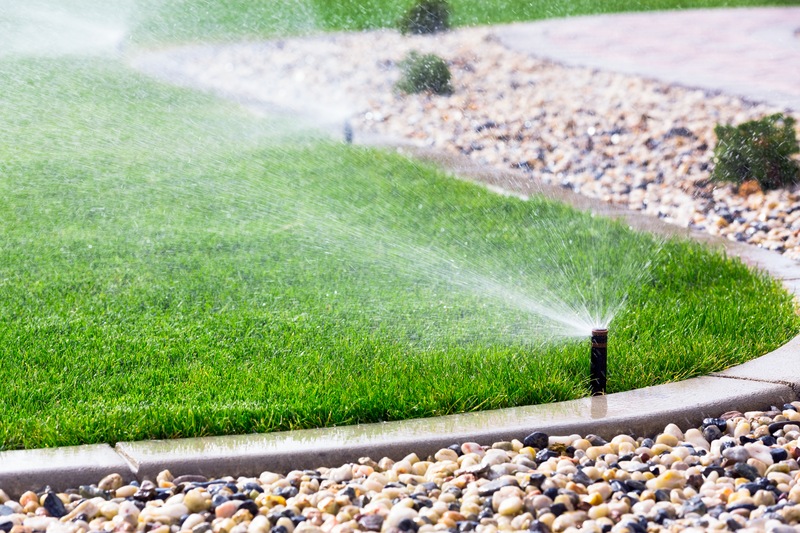The goals in your gardening schedule will always keep you on track with the daily and the monthly activities, which range from some of the easiest garden maintenance activities such as watering and spraying, to some quite important tasks such as inspecting the lawn for molds and insects. Next are few examples of what to put in your schedule as the next goals for the season. Check them out and consider your own expectations and the specific conditions of your garden to make the perfect gardening schedule for your garden.
Example 1: When is the last spring frost. It is essential to make a major highlight of the expected date in your schedule, because the last spring frost determines almost all that will happen after that day. Moreover, there are plenty of activities, which should take place on a different time basis before the last spring frost. The best way to know at least the approximate date of the last spring frost is to keep the records for at least a couple of years. Keep it always on track and you will get much better results in your gardening activities.
Example 2: The latest days for sawing directly outdoors. Mention which exact plants should be planted directly outdoors, which will make the task much easier if you have more plants that should be sawed indoors like starting plants. Usually, the peas, the lettuces and the cabbages are sawed in the early spring, such as a month before the last spring frost. This will give enough time to prepare the starting plants for the last frosts and yet not vulnerable to the frosts. If you live in an area with a very high risk of frosts, then a better idea is to cover the newly sawed crops with a transparent covering. Put that as another goal for the early spring weeks.
Example 3: The latest days for sawing the starting plants indoors. Onions, parsley, broccoli and cauliflower are only a couple edibles that should be started around 5 weeks before the last frost. Don`t forget to differentiate clearly this goal for the plants, mentioned in example 2. If you do it in the right order, there is a much greater chance to avoid the risk from the last frost and thus get the best harvest.
Example 4: The right moment for an inspection from the gardening experts. A great tip is to get advantage of their professional assessments of your garden at least once a year and this moment is crucial for the quality of your edibles, herbs, veggies and other plants. There are two main approaches – one, contact the gardeners in the spring to examine the condition of your garden or to give you some advices about the further activities, and two – contact the gardeners after harvesting if you plan some major changes in the landscape or other major activities.
Example 5: The double-season crops. The lettuces are some of the most typical veggies that can be harvested multiple times a year if you manage to saw them properly. To keep everything in order, highlight the exact days for sawing and harvesting of these crops as goals in your schedule. The same applies to the veggies that can be harvested only two times a year, such as broccoli, peas and carrots.
Overall, the goals in your gardening schedule will help give much more benefits from your garden, than just gardening for fun. A properly organized schedule will become one of the most useful and important tools in your garden tool kit.





